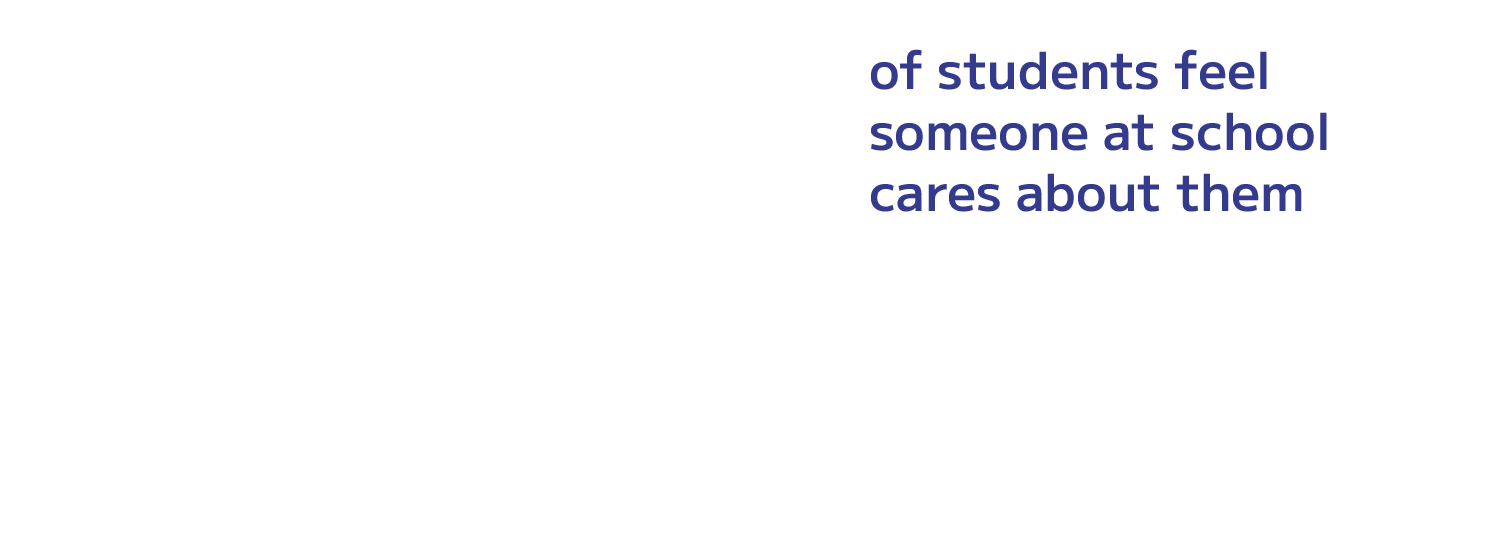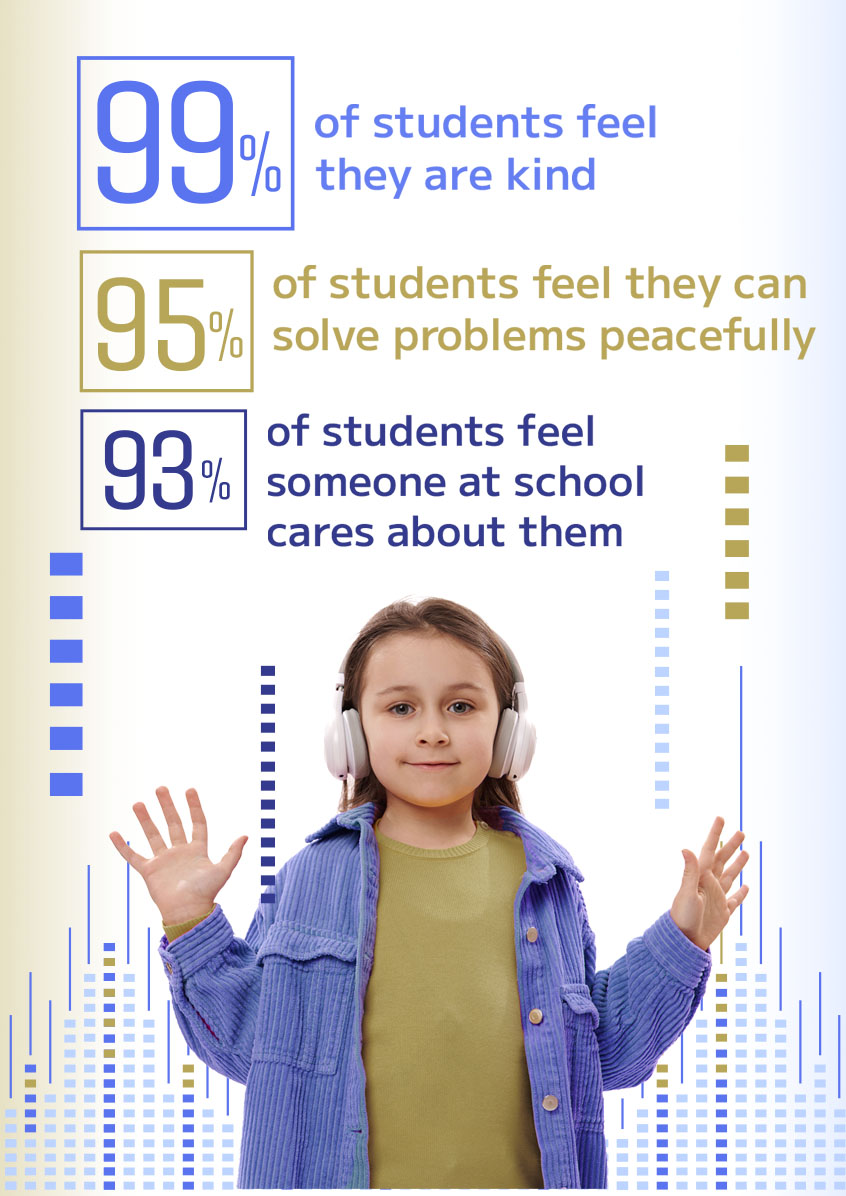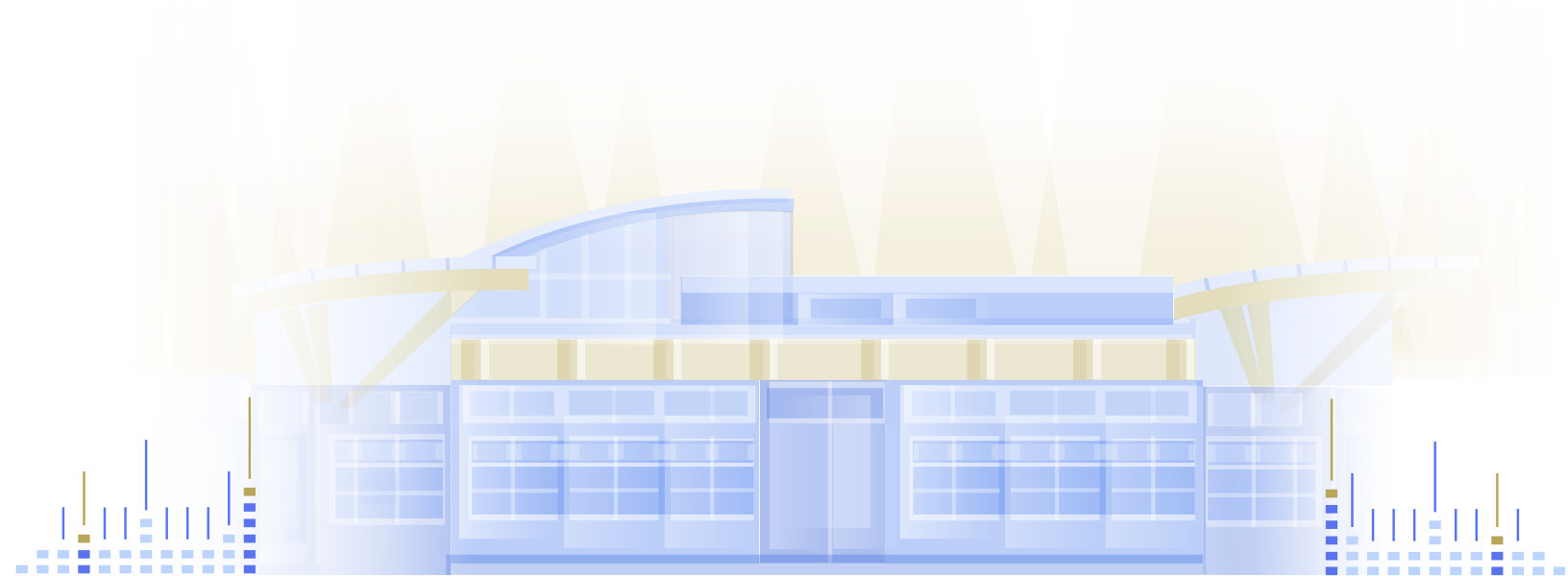School Goal One
Implement school-wide strategies and activities for students to develop the skills to manage their emotional, mental, and physical wellbeing, requiring awareness of equity, diversity, and inclusive practices.
How can we increase engagement and achievement in literacy while recognizing the importance of having students' minds and bodies ready for learning?
Our learners come from culturally rich and diverse backgrounds. Many students are eager to be involved in leadership activities and organized events offered at the school. They continually demonstrate a positive attitude, determination, and lively curiosity toward their learning. Our staff have observed that many of our students benefit from direct teaching of social and emotional skills to increase their ability to regulate emotions in challenging situations, resulting in improved focus on learning and more resilience. We used an assessment tool to evaluate students' competence in the five domains from the CASEL Framework of Social and Emotional Learning (SEL): self-awareness, self-management, social awareness, relationship skills, and responsible decision making. The results presented our staff with a greater understanding of our students’ strengths, while providing us with direction on areas for growth. The chart indicates the overall frequency of student behavior in these areas.
Our Social Emotional Learning goal aligns with the district strategic goal to promote mental health and well-being through social emotional learning and trauma informed practice. We will be directly teaching social emotional skills through effective use of curricular resources and research-based programs.
The goal aligns with the Indigenous Education Enhancement Agreement goal: W̱SÁNEĆ, other First Nations, Métis and Inuit students will strengthen their knowledge and understanding of mental and emotional wellness.
Whole School Performance by Domain
First Peoples Principles of Learning
The Social Emotional Learning Goal needs to ensure that:
- Learning is holistic, reflexive, reflective, experiential, and relational (focused on connectedness, on reciprocal relationships, and a sense of place).
- Learning involves recognizing the consequences of one‘s actions.
- Learning involves patience and time.
SEL Classroom Programming
- Teach WITS (Walk Away, Ignore, Talk it out, Seek help);
- Second Step is a program that helps to build social-emotional skills through scenarios, discussions, and making connections;
- Social Thinking programs, such as Zones of Regulation and We Thinkers, which gives kids the language to identify their emotions and behaviours and use skills to regulate their bodies and build relationships;
- EASE (Everyday Anxiety Strategies for Educators); and
- MindUp strategies;
School-wide Strategies
- Student Leadership Opportunities, such as Morning Announcers, Lunch Monitors, and Assembly MCs
- Orca Splash Assemblies to recognize students for their kindness, spirit, effort, overcoming adversity, resilience, taking care of others, and much more.
- Incorporate the learning of our ḰELSET Beliefs and using our WITS in school-wide assemblies
- Increased opportunities for Physical Wellbeing, such as lunch time intramurals, sports equipment available at play times, inclusive sports teams
Staff Professional Development
- A Pro-d Series, led by Holly Vivier and Shannon Toronitz, on the Zones of Regulation and Social Emotional Learning;
- Linda O’Neill, Educational Psychology, Counselor - Trauma Informed Practice; and
- Professional Book Club: Fostering Resilient Learners
Student Survey Results Spring 2024:
Results from Empathy Interviews of randomly selected students:
- a plan for the day will help keep me on track with expected behaviours;
- I like having choice of things to do at recess;
- would like family involvement in school activities when they most need it;
- taking breaks and hands on learning helps me to learn the best;
- I learn best when it’s quiet;
- I like to have someone around to help me in my learning;
- having friends and people who will listen will help me have a good day;
- I would like to have my family come see my classroom; and
- I want to come into the school and feel it will be a good day.
Summary learning, based on evidence gathered over the year, will provide us with key learnings to guide next steps for the 2024-25 school year and beyond. More specifically:
Planning for 2024-25 School Year:
- a continued commitment to focused professional development opportunities on Social Emotional Learning (SEL), Self-Regulation, and trauma-informed practice;
- SEL data collection and other means of gathering information;
- Creation of an SEL Working Group including Inclusion Support Teachers, Classroom Teachers, and Counselor;
- exploration and development of a schoolwide projects which build community;
- involvement from the community (i.e. mentors, Elders) for continued learning and connections;
- continued opportunities for student leadership;
- direct teaching of anti-racism and cultural awareness;
- embed First Peoples Principles of Learning throughout all of our learning; and
- Continued community building events in conjunction with the PAC.






